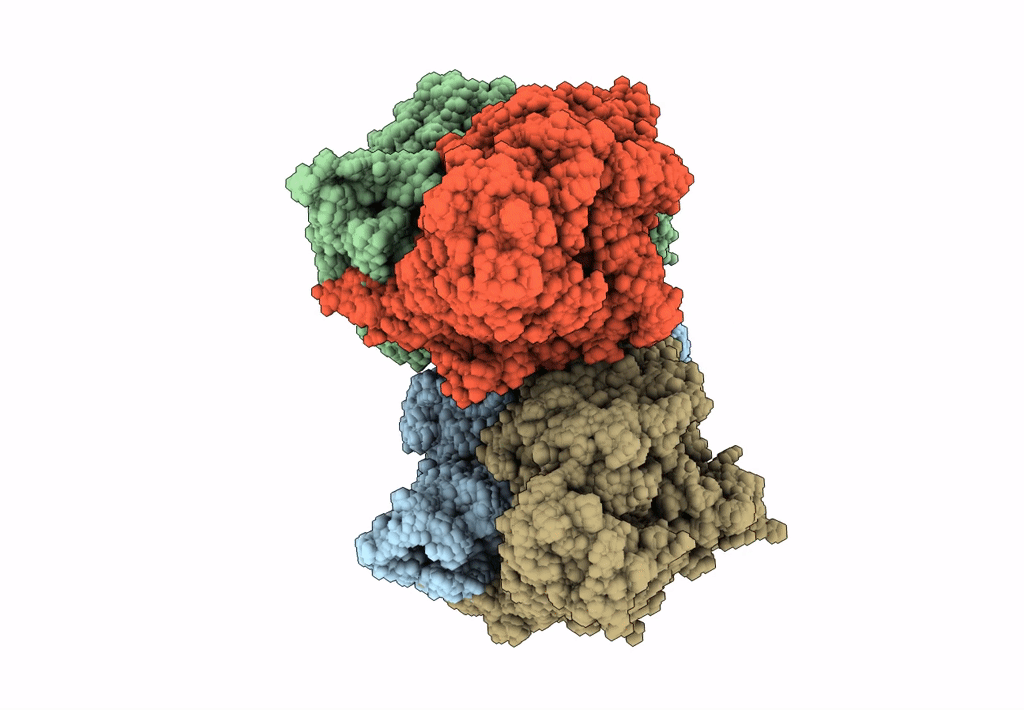
Deposition Date
2015-10-29
Release Date
2016-01-13
Last Version Date
2024-05-08
Entry Detail
PDB ID:
5FLZ
Keywords:
Title:
Cryo-EM structure of gamma-TuSC oligomers in a closed conformation
Biological Source:
Source Organism:
SACCHAROMYCES CEREVISIAE (Taxon ID: 4932)
Host Organism:
Method Details:
Experimental Method:
Resolution:
6.90 Å
Aggregation State:
FILAMENT
Reconstruction Method:
HELICAL


